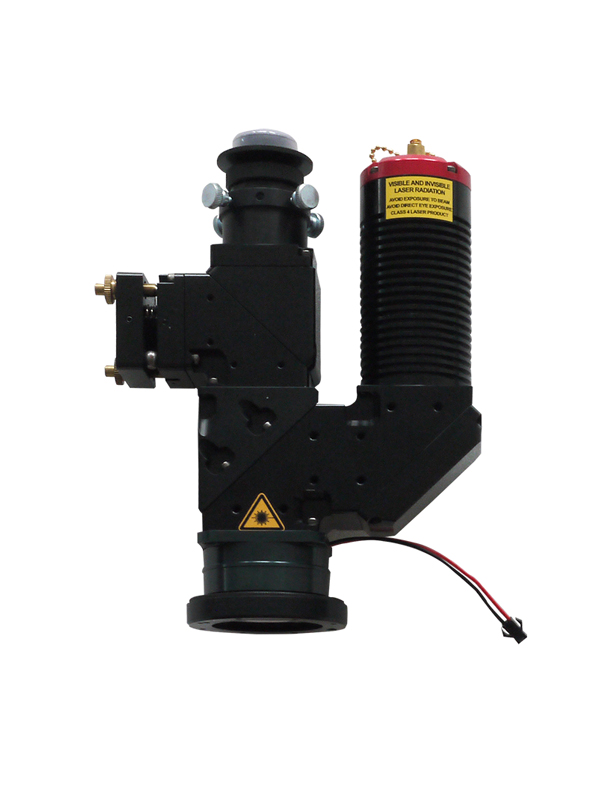Laser Welding Advantages and Disadvantages in the Automotive Industry
Under the trends of high-quality, high-efficiency, automation, flexibility, and intelligent manufacturing, laser welding technology has been increasingly applied in the field of automotive body manufacturing. This article primarily discusses laser welding technology in the automotive industry...
Advantages and Disadvantages of Laser Welding
1.Advantages of Laser Welding
(1) The laser beam's focal spot is small, with high power density, enabling the welding of high-melting-point, high-strength alloy materials.
(2) High weld strength, fast welding speed, narrow weld seams, and excellent surface finish eliminate the need for post-weld cleaning.
(3) Minimal heat input, small heat-affected zone, and reduced workpiece shrinkage and deformation, eliminating the need for post-weld shaping.
(4) Shorter overlap edges compared to traditional spot welding, contributing to vehicle lightweighting and cost reduction.
(5) Remote welding via optical fibers allows for multi-path simultaneous or time-shared welding in areas difficult to reach with conventional methods.
(6) High production efficiency, stable and reliable processing quality, and significant economic and social benefits.
Single-focus constant-temperature welding head

Songsheng Optoelectronics' semiconductor constant-temperature coaxial monitoring welding head is equipped with a PID online temperature regulation and feedback system, which effectively achieves constant-temperature welding and ensures high yield and precision in the welding process.
The temperature control principle of Songsheng Optoelectronics' laser soldering system is as follows: Through infrared detection, it monitors the infrared thermal radiation emitted by the laser onto the workpiece in real time, forming a closed-loop control between laser welding temperature and detected temperature. The self-developed PID regulation function of Songsheng's control board ensures that the laser welding temperature fluctuates within the set range effectively.
2. Limitations of Laser Welding
(1) High Precision Requirements for Workpiece Alignment
Due to the small focused laser spot size and narrow weld seam, laser welding demands extremely high assembly accuracy. The workpiece position must be precise, ensuring the laser beam remains within the focal range without significant deviation. If the assembly precision or beam positioning is inadequate, welding defects can easily occur. The requirements for weld seam geometry in laser welding are illustrated in Figure 6.
(2) Challenges in Controlling Wire-Fed Laser Welding
Laser wire-feed welding, a type of fusion welding, involves focusing the laser spot on both the workpiece and the filler wire. The small molten pool makes it difficult to ensure uniform melting of the continuously fed wire, requiring highly accurate control of the relative position between the laser beam and the wire.
(3) Rapid Solidification Leading to Potential Defects
The weld pool solidifies quickly, which may result in defects such as porosity and embrittlement.
(4) Higher Splatter and Rougher Weld Seam in Penetration Welding
Compared to brazing, penetration welding produces a rougher weld seam due to significant splatter. However, its strength is much higher than that of conventional spot welding.
(5) High Initial Investment Cost
Laser welding systems and related equipment are more expensive than other welding methods, requiring substantial upfront investment.
These factors impose higher technical and financial demands on automakers, limiting the widespread adoption of laser welding technology in China. Currently, its application in automotive body-in-white (BIW) manufacturing remains relatively limited, though some manufacturers have achieved promising results.
Contact: Mr.Xiao
Phone: +86-13385280662
E-mail: market001@whlaser.cn
Add: Room 02, Floor 5, Building 9, Gezhouba Sun City, No. 40, Gaoxin 4th Road, Donghu New Technology Development Zone, Wuhan